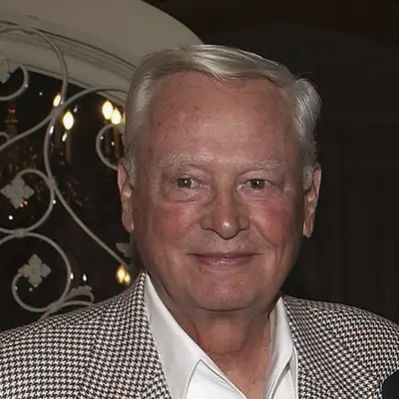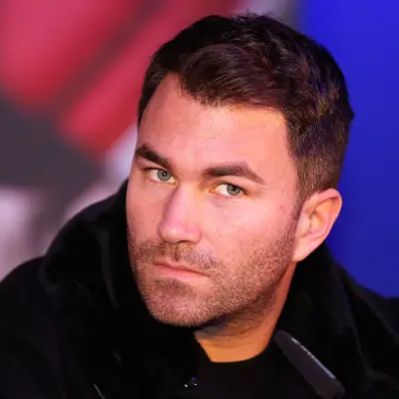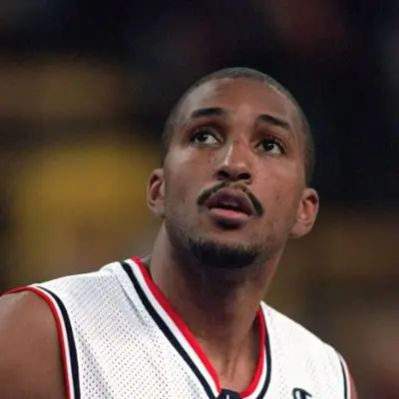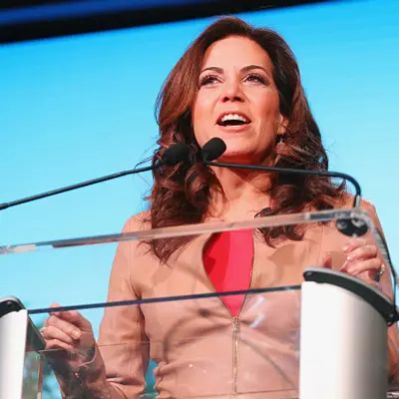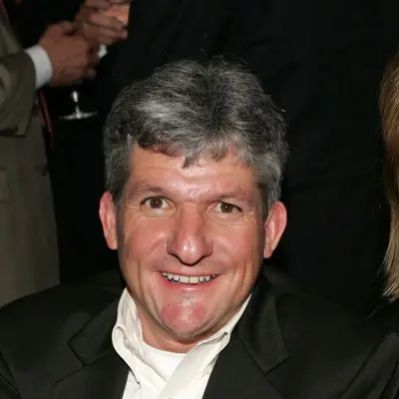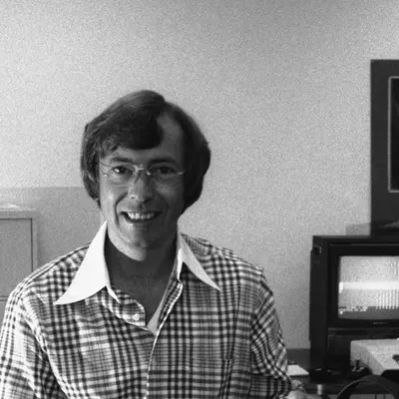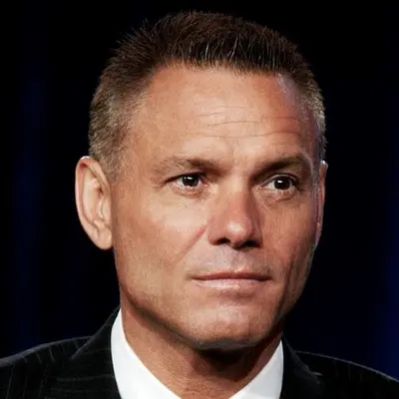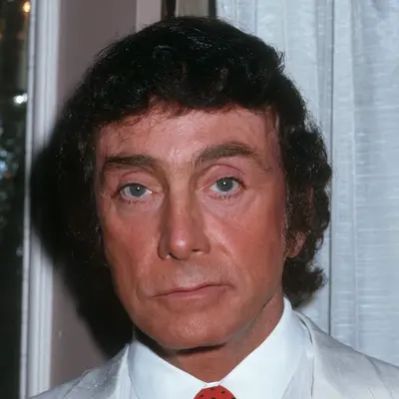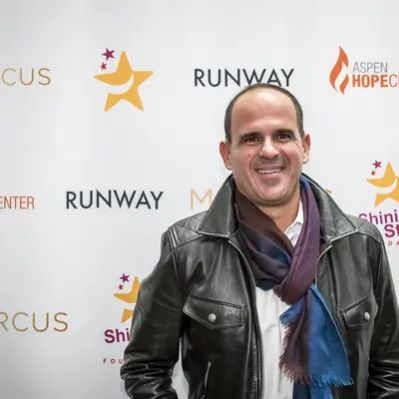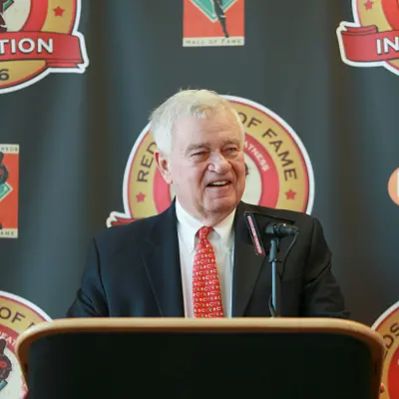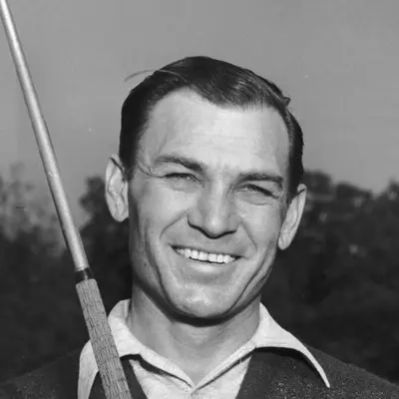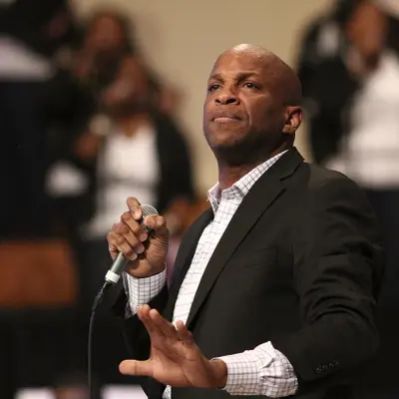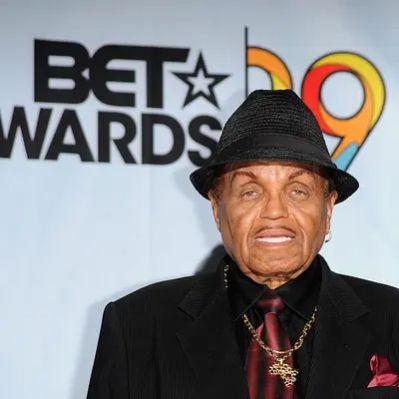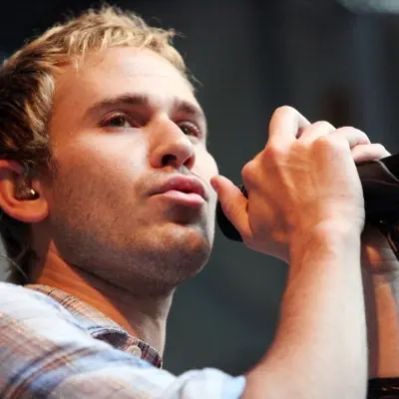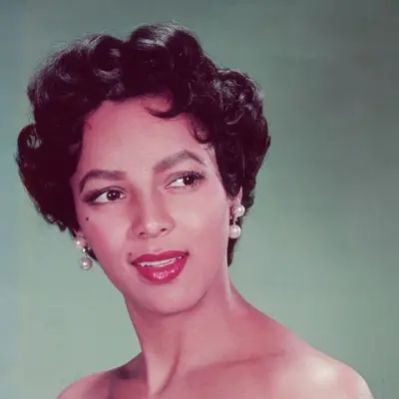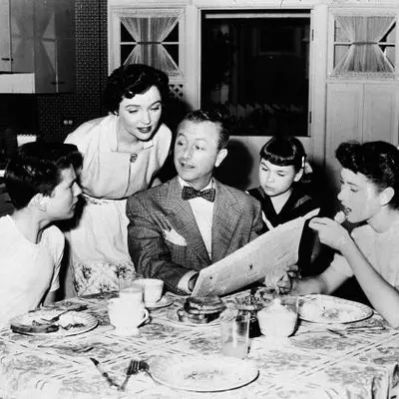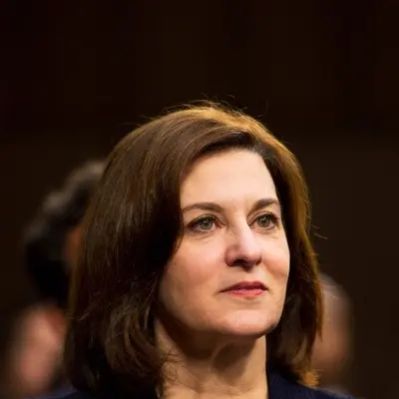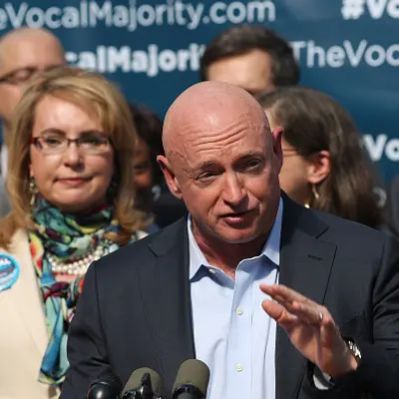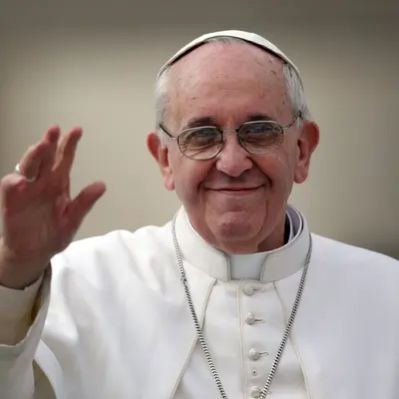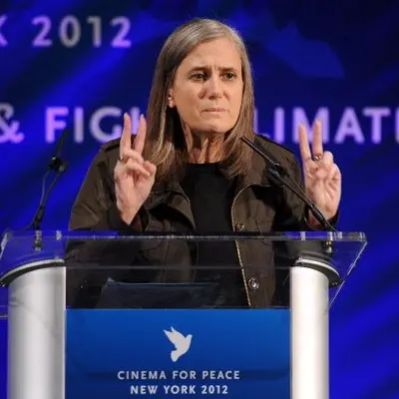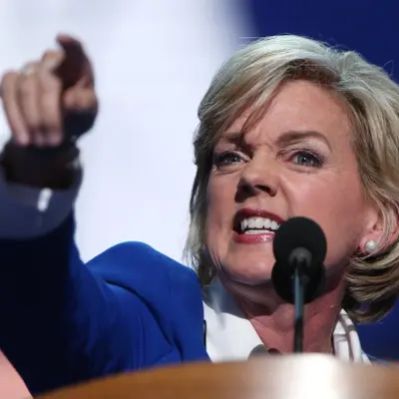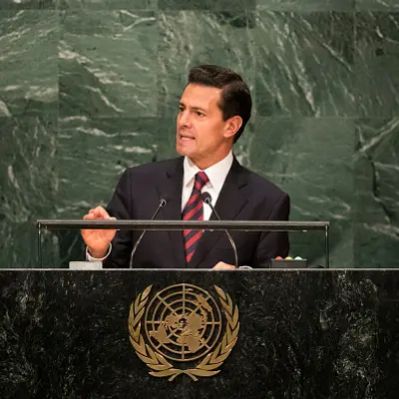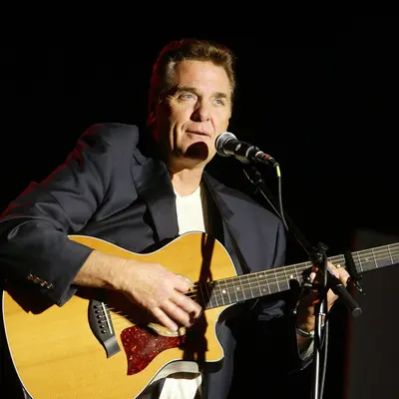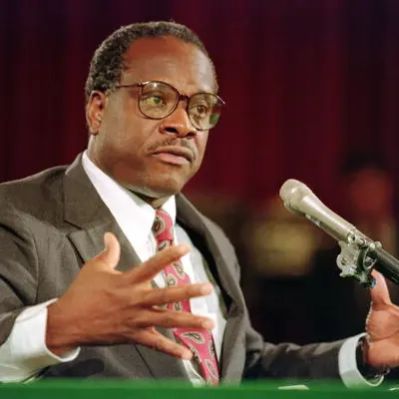What Is William Barron Hilton’s Net Worth?
At the time of his death in 2019, William Barron Hilton, an American businessman and socialite, possessed a net worth of $4.5 billion. This substantial wealth stemmed primarily from his involvement with Hilton Hotels, a family empire founded by his father, Conrad Hilton. Barron’s strategic business decisions, particularly his investments in Nevada casinos, significantly contributed to the family’s financial success.
Early Life and Education
Barron Hilton was born on October 23, 1927, in Dallas, Texas, to Mary Adelaide and Conrad Nicholson Hilton. He had three siblings: Conrad Nicholas, Jr., Eric Michael, and Constance Francesca. His ancestry was of Norwegian and German descent. During Barron’s childhood, his father established the Hilton Hotel chain, which grew steadily. A young Barron was captivated by aviation and often visited Love Field airport in Dallas to observe airplanes taking off. He pursued private flying lessons and obtained his pilot’s license at the age of 17. During World War II, he served as a Navy photographer. Post-discharge, he attended the University of Southern California Aeronautical School, where he earned his twin-engine rating at 19.
Early Career Ventures
After the war, Barron initially declined his father’s offer to join Hilton Hotels. Instead, he diversified his professional experiences. He acquired the Los Angeles-area distributorship of Vita-Pakt Citrus Products, showcasing his entrepreneurial spirit. Further, he co-founded the MacDonald Oil Company, demonstrating his interest in the energy sector. His innovative mindset led him to establish the Air Finance Corporation, one of the first aircraft leasing businesses in the nation. These early ventures reveal his ambition and versatility before his substantial involvement with the Hilton empire.
American Football League Involvement
In 1959, Lamar Hunt invited Barron Hilton to own the Los Angeles franchise in the newly formed American Football League (AFL). Hilton accepted and named his team the Chargers. The Chargers initially played at the Los Angeles Memorial Coliseum in 1960, but struggled to attract fans due to competition from the NFL’s Rams. In 1961, the team relocated to San Diego and played at the smaller Balboa Stadium. Hilton played a crucial role in the construction of Jack Murphy Stadium, now known as Qualcomm Stadium. He was also instrumental in the AFL-NFL merger in 1966, which led to the creation of the Super Bowl. That same year, he sold his interest in the Chargers for $10 million, a considerable sum at the time, as he took on a more prominent role with Hilton Hotels. He was the last surviving member of the “Foolish Club,” the moniker the AFL owners gave themselves as they aimed to compete with the established NFL.
Career With Hilton Hotels
In 1954, Barron Hilton was elected Vice President of Hilton Hotels, overseeing the company’s franchise operations. He also introduced the Carte Blanche credit card to cater to the company’s most loyal customers. His responsibilities grew over time, leading to his appointment as President and CEO of Hilton Hotels Corporation. In this capacity, Barron demonstrated the same business acumen as his father, expanding and modernizing the hotel chain. A pivotal decision during his tenure was investing in Nevada casinos in the 1970s, which resulted in acquiring the Las Vegas Hilton and the Flamingo Hotel. By 1972, these two resorts contributed 45 percent of the company’s income before interest income, interest expense, write-down of investments, and sales of properties, nearly matching the income from the other 160 Hilton hotels in the United States. Elvis Presley’s performances at the Las Vegas Hilton Hotel until shortly before his death in 1977 underscored the hotel’s status as a premier entertainment venue. Over the ensuing decades, Hilton’s strategic expansion into Las Vegas proved highly profitable. Further expanding the brand, he launched Conrad International in the 1980s and Hilton Garden Inn in the 1990s. Hilton cultivated a reputation as a financially conservative leader, maintaining a low debt-to-capital ratio and a high credit rating, which facilitated the acquisition of new properties.
Other Career Achievements
Barron Hilton continued to aggressively expand the domestic hotel chain through franchising. In 1977, he finalized the purchase of the Waldorf-Astoria hotel, an acquisition his father had initiated nearly 30 years prior. Anticipating the lease expiration in 1979, Hilton negotiated the purchase of the hotel and real estate from the railroad for $35 million. This landmark property, now estimated to be worth around $1 billion, was a strategic addition to the Hilton portfolio. Throughout the 1980s, as competition intensified across the U.S., Barron maintained the company’s position by renovating existing hotels and increasing revenues in Las Vegas. Through expansions and renovations at the Flamingo Hilton and the Las Vegas Hilton, the company nearly tripled its room capacity in Las Vegas by 1990, from 2,277 to 6,703. In the 1980s, Hilton launched Conrad International, and in the 1990s, Hilton Garden Inn. After retiring as CEO, Hilton remained chairman of the board and oversaw his successor, Steve Bollenbach. Under his continued leadership, the company expanded via acquisitions of brands like Embassy Suites, Homewood Suites, and Doubletree. In 2005, he acquired Hilton International, 38 years after his father had sold it to TWA. At this point, Hilton Hotels was a renowned name in the industry. In 2007, The Blackstone Group purchased Hilton Hotels Corporation for $47.50 per share, a 32 percent premium over the July 2 closing price. The $26 billion transaction included $7.5 billion of debt and comprised 2,800 hotels with 480,000 rooms in 76 countries and territories.
Hilton Family Fortune and Inheritance
When Conrad Hilton died in 1979, 97% of his estate was designated for his personal charity, with Barron Hilton having the option to purchase his shares to maintain the Hilton family’s control over the company. A court ruling eventually favored Barron, despite opposition from the charity. A settlement was reached, granting Barron 4 million shares of the family enterprise. In 2007, Barron adjusted his will to allocate 97% of his estate to the Conrad N. Hilton Foundation.
Personal Life and Interests
In 1947, Barron Hilton married Marilyn June Hawley, and their marriage lasted until Marilyn’s death in 2004. They had eight children together. He also had fifteen grandchildren, including Paris and Nicky Hilton, and several great-grandchildren. Barron Hilton remained an avid aviation enthusiast throughout his life. He maintained a fleet of aircraft and continued to fly until the age of 84. From 1980 to 2009, he hosted the Barron Hilton Cup, a worldwide glider competition. In 2009, he was awarded the prestigious FAI Gold Air Medal from the Fédération Aéronautique Internationale. In 2010, the Smithsonian National Air & Space Museum honored Hilton by naming an exhibit in his honor: the Barron Hilton Pioneers of Flight Gallery. He was also inducted into the International Air & Space Hall of Fame at the San Diego Air & Space Museum in 2012. Hilton primarily resided in Holmby Hills in the Jay Paley House, originally designed by architect Paul Williams for Jay Paley. The home was featured in scenes of “The Colbys” television series. In addition, he had a permanent suite in the New York Waldorf Hotel and a large ranch in Nevada and California known as the Flying M. Barron Hilton passed away in 2019 at the age of 92 at his home in Los Angeles due to natural causes. He had previously announced in 2007 that he would leave 97 percent of his estate to the Conrad N. Hilton Foundation, the charitable organization established by his father in 1944.
 Net Worth Ranker
Net Worth Ranker
